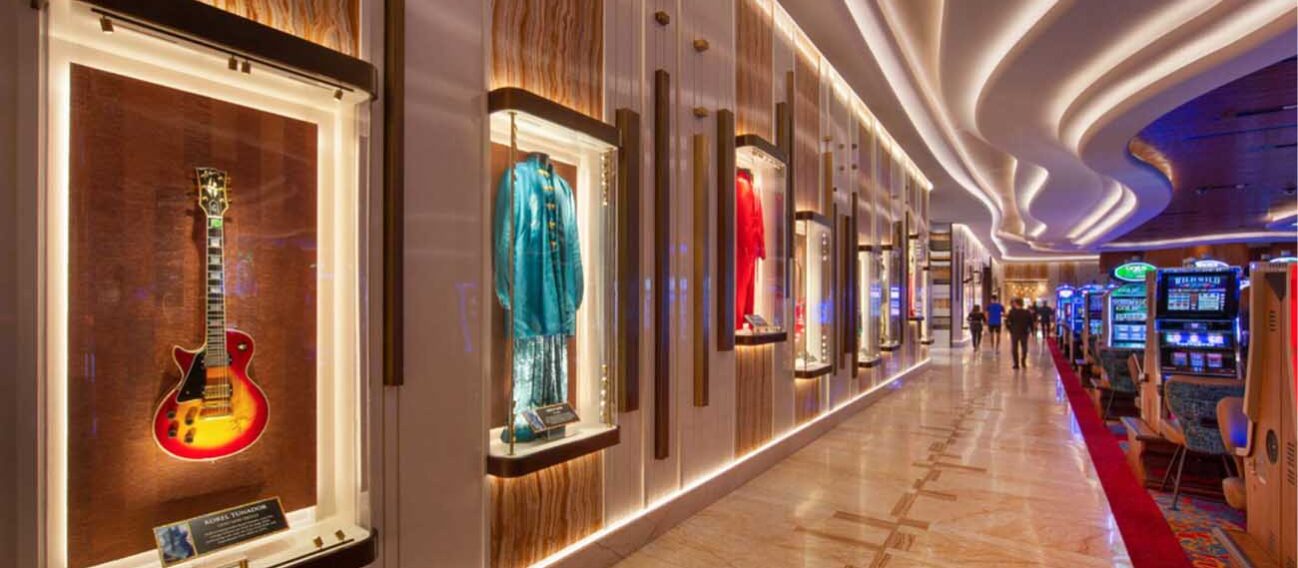The Artistic Expression of Light
Imagine Christmas without lights. It wouldn’t be the same visual or magical experience that many of us look forward to annually. Light has a way of adding drama, excitement, and even passion to an event or space. The Indian festival of Diwali, or Dipawali, is also known as the Festival of Lights. The festival’s name originates from the row (avali) of clay lamps (deepa) illuminating the outside of homes, meant to symbolize the inner light that protects from spiritual darkness.
But light is rarely the center of attention. Often, it plays a supportive but critical role in delivering memorable experiences. Lighting can make or break the mood and is essential to interacting and navigating with our environment. A well-designed lighting system can draw attention to a space’s textures, depths, colors, and objects.
Consider sunsets and how they differ when clouds, mountains, trees, or even urban landscapes are part of the canvas. While every sunset is beautiful, introducing clouds and other features creates color, shadows, texture, and dimension as the natural light descends toward the horizon.
Remarkable lighting achieves a delicate balance between aesthetics, flexibility, efficiency, and functionality. To achieve this harmony, interior design planning should include lighting considerations from the outset. Rather than design the space and then ask a lighting designer to determine the right fixtures, angles, and intensities for existing forms, collaborate with a lighting designer from the beginning to achieve a stunning experience.
The lighting designer as an artist
The art of lighting design considers numerous factors to realize the goal. Ambient lighting establishes the base on which the remaining elements can thrive. Accent lighting can be delivered from visible or hidden fixtures to highlight a feature of a form in the room. Subtle or dramatic wall washing and grazing light can create a cozy, warm mood or an aggressive, visually striking experience. Task lighting is often introduced for functionality but can also visually communicate information to the room’s occupants. Introducing color and temperature to any of these elements can also fundamentally alter how the space is experienced.
Selecting the right lighting fixtures and controls
Many lighting fixtures are designed to catch the eye and add visual interest, even when not turned on. However, just as many fixtures in architectural applications are hidden from view or subtly included in the form of the room. Lighting fixtures can be both part of and emphasize the visual design.
LED technology has made it easier for designers to be creative with lighting, as it requires less clunky wiring, allows for a wider variety of configurations, and reduces the space needed to integrate lighting fixtures.
LED has also enabled control technology designed to control light levels, color control, and energy consumption precisely based on programmable settings and dynamic input. Intelligent controls are also now providing data that can be used for continual optimization of the lighting system. This level of control delivers high-end aesthetics for lighting designers.
Professional lighting control integration is an essential component of good lighting design. Correctly applying smart dimmers and smart controls can alter the appearance of a defined space throughout the day by adjusting to natural light levels. Lighting controls can also change the mood or functionality of a room based on the requirements of the occupants or the event.
Lighting color temperature as a design element
Indoor and outdoor lighting isn’t just about intensity and brightness. The quality of the light, precisely the color temperature, significantly impacts how we perceive colors and the overall atmosphere of a space.
Warm light temperatures are typically preferred in social environments where relaxation and intimacy are desired. More neutral light does not normally impact mood but is the optimal choice when productivity is desired. Office settings and schools are good examples of neutral light temperature applications because they provide the right amount of illumination without the calming, maybe even sleepy, effects of warmer light or sometimes harshness associated with cooler light temps, typically utilized in commercial locations like retail stores, hospitals, and anywhere where things need to stay moving. Cooler light temperatures promote activity and clarity.
Not only is the Kelvin temperature of light necessary for designs, the rendering impact that light has on the colors within the space is also a crucial consideration. CRI, or Color Rendering Index, is an essential factor in lighting design, especially when it comes to accurately representing colors.
CRI measures how a light source renders colors compared to sunlight. It’s a scale from 0 to 100, with 100 representing perfect color reproduction. Generally, a CRI above 90 is considered excellent, a CRI of 80-90 is good, and below 80 is considered poor.
When a lighting designer works with a color palette that requires consistency and an accurate representation of the colors in the space, the science of CRI becomes part of the art.
Speaking of color. The role of color-changing LEDs in lighting design.
Just like Christmas lights, color can add excitement to a lighting design. Whether reinforcing a brand with a color pattern or drawing desired attention, color-changing light can upgrade or transform the image of a commercial structure. The opportunities for using color-changing LEDs may include improving curb appeal and aesthetic value, promoting building awareness, supporting a sporting team, or a community celebration.
Summary
The lighting designer is an artistic scientist, applying the science of light fundamentals and the art of painting a space with the brush strokes of illumination.
The Boca Lighting & Controls team of professionals has been working with leading designers for a quarter century and has earned praise for the ability to develop custom fixtures that enable the artist to realize their vision.







